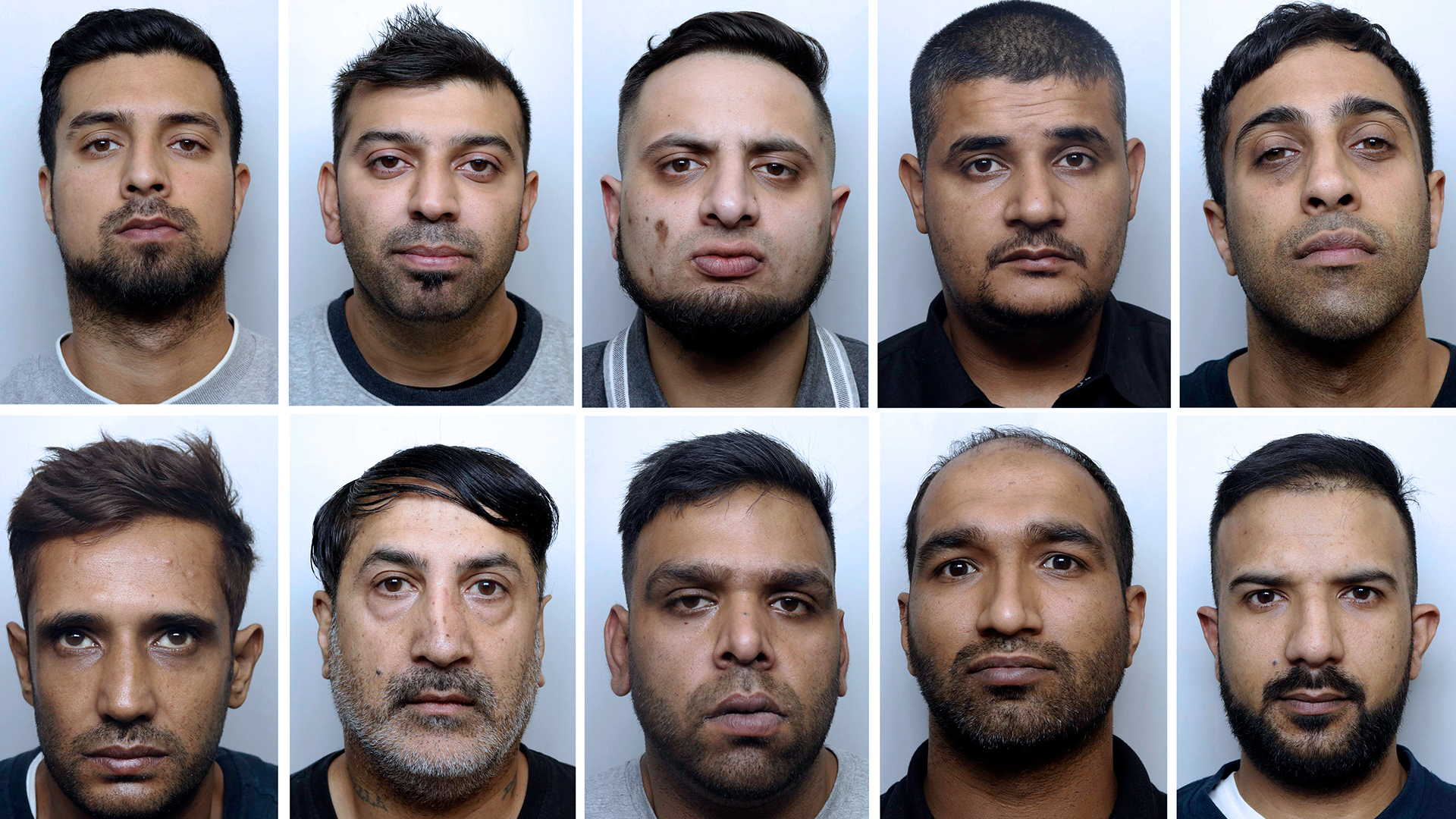A PICTURESQUE village with paradise beaches sits abandoned on a forgotten Canary Island.
Pedro Barba is a small settlement tucked away and left deserted after the last three residents left.
Located on the smallest of the Canary Islands, La Graciosa, the untouched spot boasts sprawling coastlines and offers an unparalleled experience to nature lovers.
A vast, peaceful landscape invites visitors to relax in calm waters and enjoy serene surroundings.
The desolate village has no permanent inhabitants and is mostly visited by birds and wildlife.
In 2018 three residents lived in Pedro Barba but have since moved on – leaving it completely isolated.
All 700 of the island’s inhabitants now live in the capital village of Caleta de Sebo where the main port connects to the neighbouring island of Lanzarote.
Caleta de Sebo is just a stones throw from Pedro Barba, sitting just six kilometres away.
One of the island’s most popular beaches is Playa del Ámbar, also known as Playa de Lambra.
This beach features crystal clear waters surrounded by white sand dunes and volcanic rocks.
It’s place where nature flourishes without interference and is perfect for disconnecting from the world.
Due to the northern winds, caution is advised when swimming because of the strong currents.
It comes as we told how the world’s most creepy island saw thousands starve to death and abandon their homes.
Hashima sits just off the Japanese coast and is a tiny piece of land plagued by death and with a dark and twisted past.
Thousands of Korean and Chinese prisoners were forced to work in underground mines on Hashima from 1930 to just after WWII – and some never left.
Established in 1887, at its peak 5,200 people were squeezed into a space of just 480-metre-by-160-metres.
It is thought more than 1,300 workers lost their lives from starvation, exhaustion and malnutrition.
Heavy sea air mixed with fumes pumped out from the mines meant severe respiratory sickness was a common killer.
Those who survived later shared that their experience living on Hashima was so horrific they referred to it as “Jail Island” or “Hell Island”.
Following the war many Japanese people relocated to the island to work there themselves and were cramped into just 5ft of living space.
Salaries of those living on the island were significantly higher than those working on the mainland meaning many were tempted to live there despite the health risks.
After the coal supply ran dry the island was shut down in 1974 – leaving Hashima deserted and untouched for 40 years.




























Discussion about this post